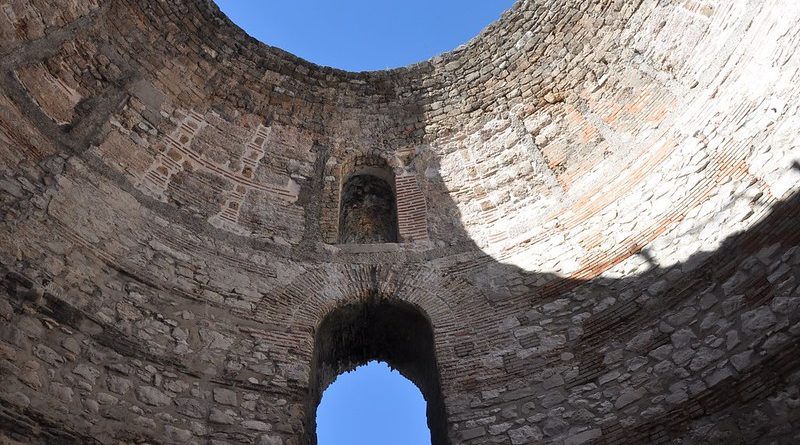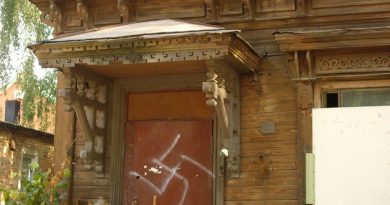Who was Diocletian?
Diocletian was born to a lowly family in Croatia around 245 and lived to 312. His military prowess ensured his fame and when he became emperor he secured his position by in creasing the army and installing his many troops along the borders.
A cruel leader, he persecuted Manicheans and Christians but he was also a great reformer. He rescinded sole control of the Empire at the end of the “Crisis of the Third Century” which ended the Principate and started the Dominate from the word for lord, dominus, which then described the emperor.
The rule by 4, known as the Tetrarchy, was initiated by Diocletian who abdicated while in office. This had never happened before – all previous emperors died while still ruling. He retired to Split where he spent his last days gardening.
Diocletian was not known for his modesty. It was he who insisted his subjects kneel before him and kiss his hem.
The British historian Edward Gibbon paints a picture of his luxurious accessories:
“Their principal distinction was the Imperial or military robe of purple; whilst the senatorial garment was marked by a broad, and the equestrian by a narrow, band or stripe of the same honorable color. The pride, or rather the policy, of Diocletian, engaged that artful prince to introduce the stately magnificence of the court of Persia. He ventured to assume the diadem, an ornament detested by the Romans as the odious ensign of royalty, and the use of which had been considered as the most desperate act of the madness of Caligula. It was no more than a broad white fillet set with pearls, which encircled the emperor’s head. The sumptuous robes of Diocletian and his successors were of silk and gold; and it is remarked with indignation, that even their shoes were studded with the most precious gems. The access to their sacred person was every day rendered more difficult by the institution of new forms and ceremonies.”





